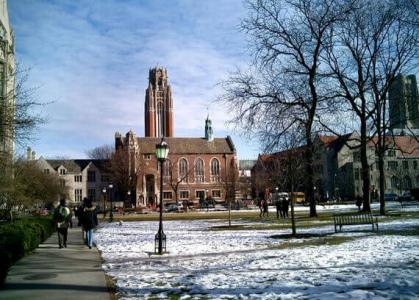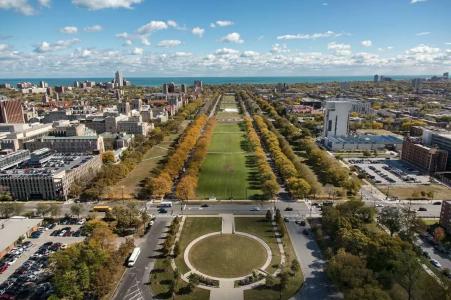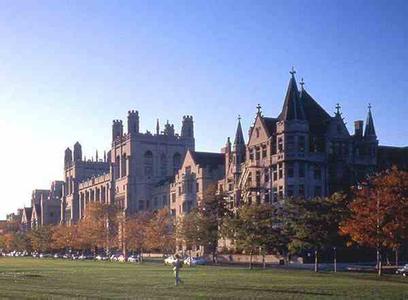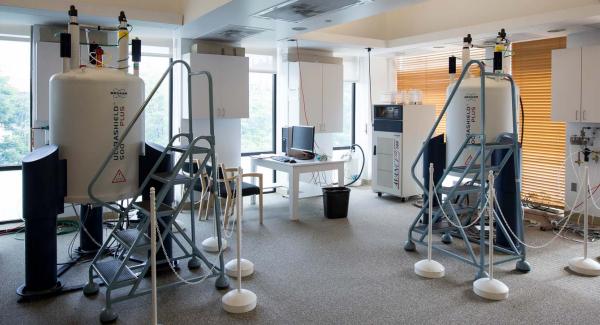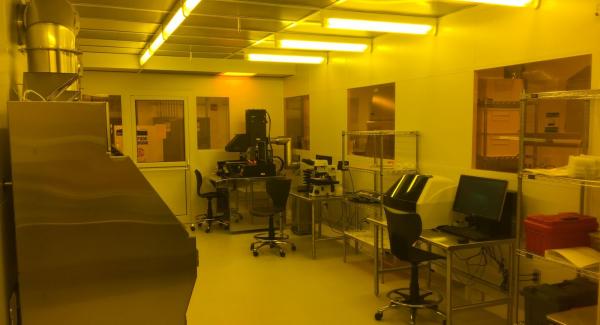http://www.uchicago.edu/
One of the world's premier academic and research institutions, the University of Chicago has driven new ways of thinking since our 1890 founding. Today, UChicago is an intellectual destination that draws inspired scholars to our Hyde Park and international campuses, keeping UChicago at the nexus of ideas that challenge and change the world. University of Chicago, located in the United States International Finance Center Chicago, is a world-renowned private research university, ranking the world's top ten universities all year round ten.
UChicago faculty pioneer ideas with broad impact. Using an interdisciplinary approach that unites expertise across our four divisions and six professional schools, and in more than 140 centers and institutes, our faculty have contributed some of the world’s greatest discoveries, advancements, and bodies of knowledge: New species of dinosaurs and technologies that reduce the use of fossil fuels. The origins of urban poverty and of the cosmos. New approaches to curb gun violence and new drugs to fight the most devastating diseases.
When the University of Chicago was founded in 1891, one of the first departments established was the Department of Chemistry. Our current faculty has considerable strength in inorganic, organic, and physical chemistry, as well as in interdisciplinary research that delves into biology, physics, and materials science. As of 2015, approximately 175~200 graduate students and 60 postdoctoral research associates were in residence, along with a faculty of 34 Research groups range in size from 5 to 25 people.Faculty research laboratories and shared-instrumentation facilities are housed in the Gordon Center for Integrative Science, the Searle Chemical Laboratory, and the George Herbert Jones Laboratory.In addition to housing many chemistry research groups, the Gordon Center (or GCIS) is also home to the Department of Biochemistry & Molecular Biology, the UChicago Materials Research Science and Engineering Center, the Institute for Biophysical Dynamics, the Howard Hughes Medical Institute, and the Ben May Cancer Institute. The collocation of this diverse set of researchers in a single integrated facility greatly enhances collaborative interdisciplinary research. Finally, the Kent Chemical Laboratory, which was built in 1895, houses excellent undergraduate teaching laboratories and classrooms.
